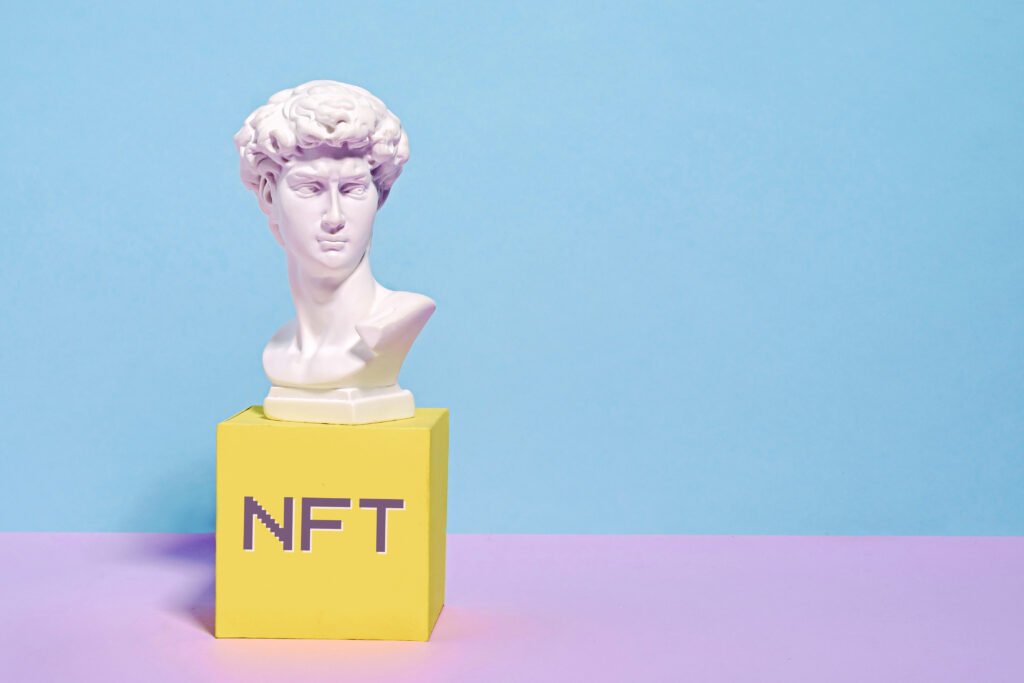In 2021, the art world watched in disbelief as an auction made Beeple an instant phenomenon. Christie’s sold his digital work for 69 million dollars, marking a historic milestone. It was not just an image file but a promise that NFTs would forever transform the relationship between artist, market, and audience. Suddenly, everything seemed possible: the work’s aura reborn in the digital universe, and the collector gained exclusive rights to something everyone could see but only one could own.

The promise, however, proved to be fragile. The price explosion was followed by a steep fall. Entire projects emptied, digital wallets accumulated forgotten works, and collectors suffered losses. The discourse of an aesthetic revolution turned out to be closer to a financial bubble. In practice, the NFT did not guarantee the uniqueness of the image, only the record of ownership. The value was in the certificate, not the content.
Still, one cannot simply declare the death of NFTs as a language. What remains of them is an uncomfortable reflection on the status of the artwork in a world of infinite copies.
The Conceptual Legacy of NFTs
If any file can be duplicated without loss, scarcity no longer exists in the object but in the code.
This inversion reveals both the system’s vitality and fragility: recreating the aura through cryptographic signatures, not the artist’s gesture.
Some artists exploited this paradox. CryptoPunks and Bored Apes act not just as images but as symbols of community.
They function as performances of social capital and membership clubs. Buying became part of the work, turning speculation into aesthetics. The problem arose when the market retracted, as the model relied on collective desire for rapid appreciation.
The hangover from NFTs is not only economic but also conceptual. The illusion that technology alone could create new art disappeared.
What remains may be blockchain’s poetic potential, still largely unexplored: smart contracts can reshape collectives and share authorship and royalties. They can also generate experiences of decentralized circulation. Between peak and oblivion, NFTs leave a trail contemporary art cannot ignore.
They revealed that creation does not separate from desire for possession and that possession itself can integrate into the work.
The challenge is abandoning obsession with price while exploring, with rigor and imagination, the linguistic gaps this territory opens.
The future may not reside in auction millions but in new ways of living and sharing the digital aesthetically.



